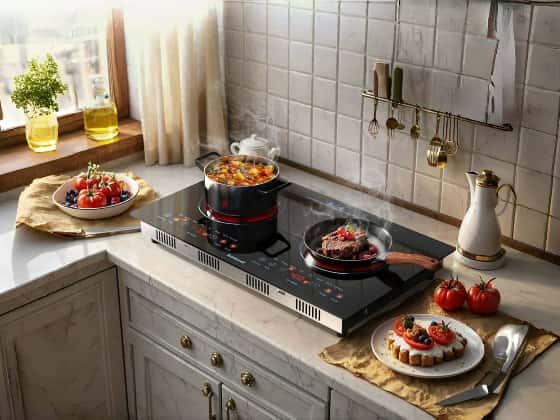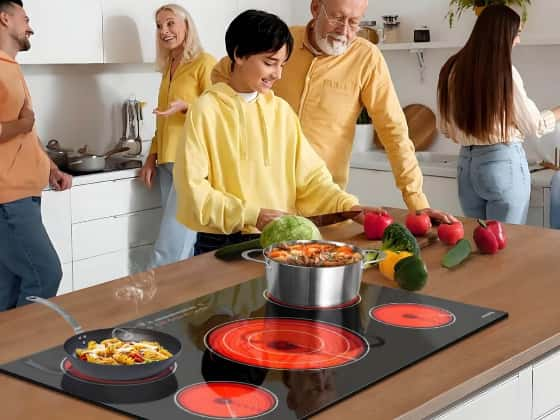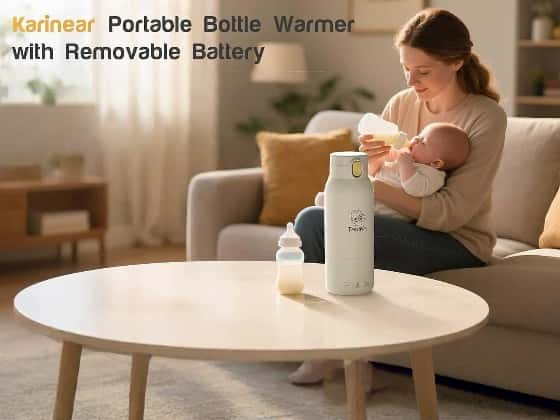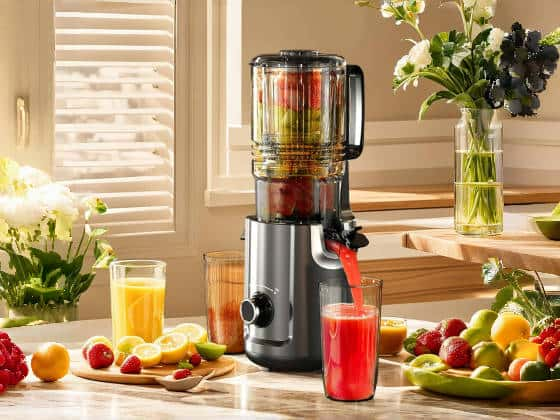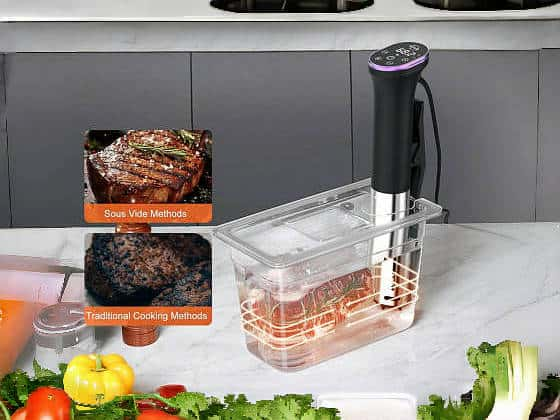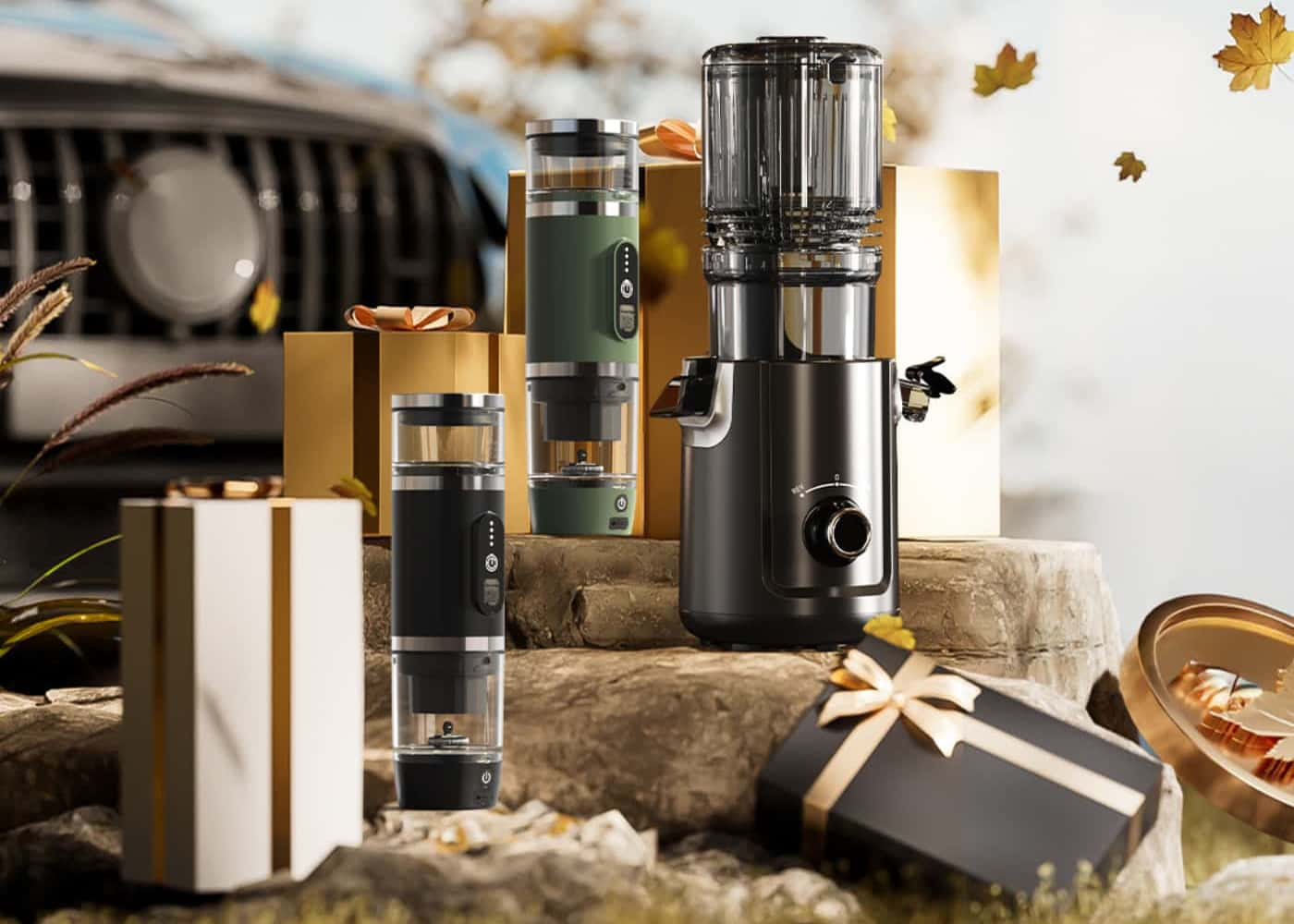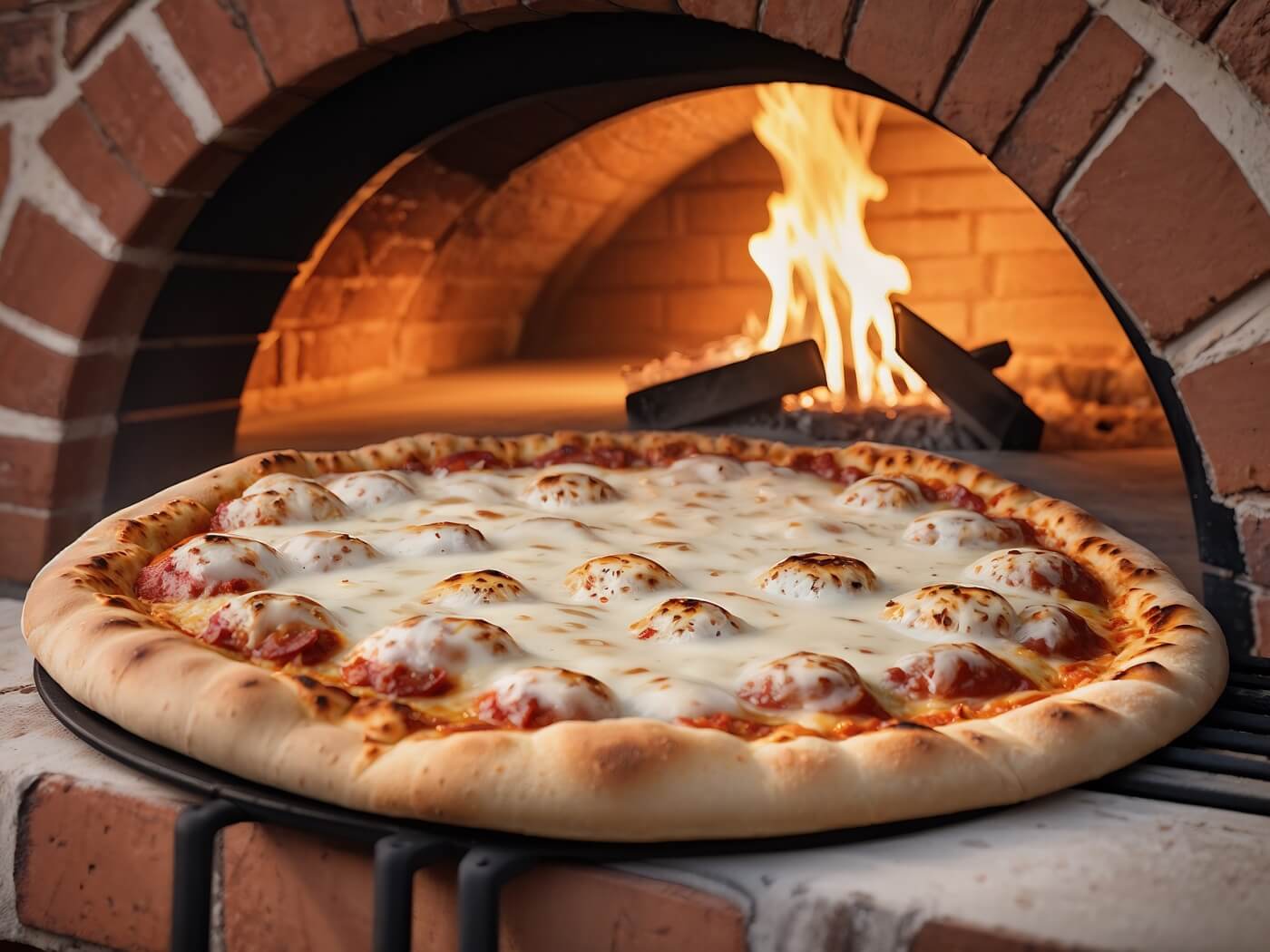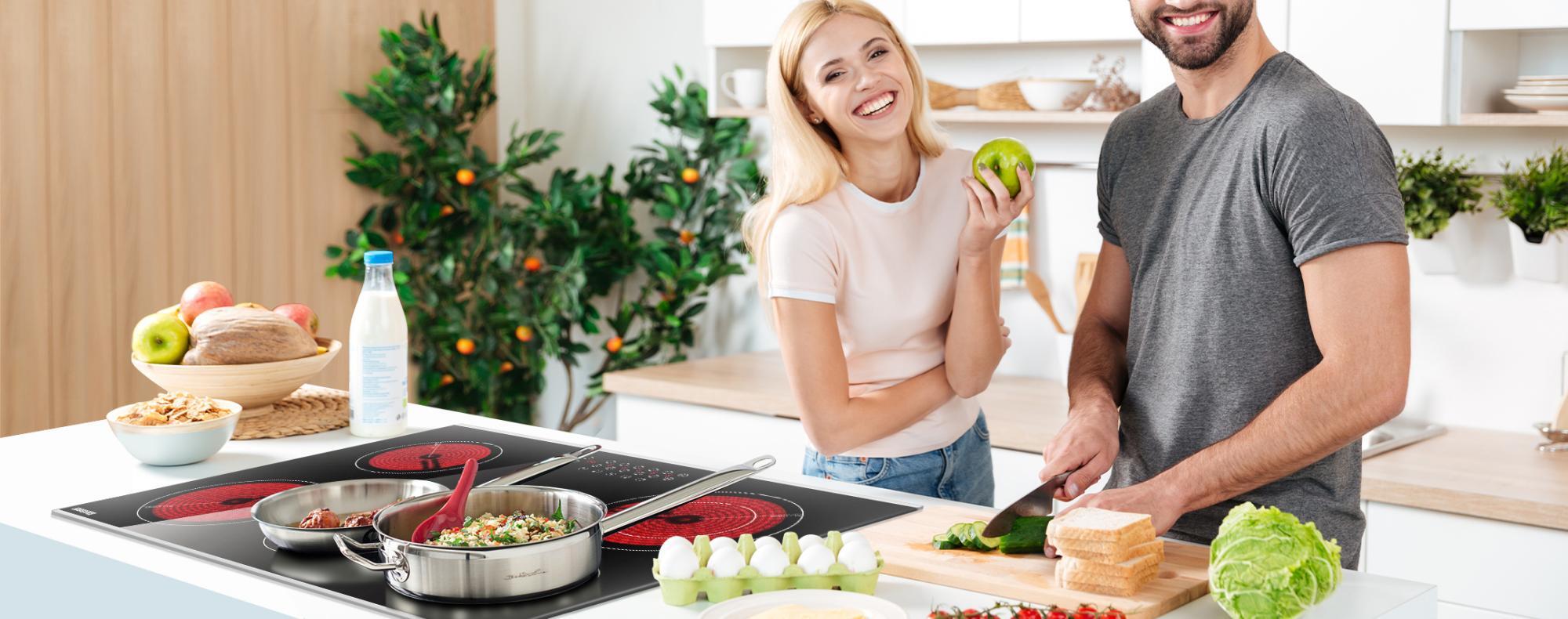
As we investigate the longevity of an induction cooktop versus a ceramic cooktop, it is critical to understand the fundamental distinctions between the two products. Induction cooktops use electromagnetic technology to directly heat cookware composed of ferromagnetic materials like cast iron or stainless steel. In contrast, ceramic cooktops use radiant heat created by electric coils beneath a smooth glass-ceramic surface.
These cooktops' distinct heating systems not only influence cooking performance, but also play an important part in determining durability and longevity. Let us go further into the subtleties of each appliance to better understand its resilience.
Durability of induction cooktop
Induction cooktops are known for their outstanding durability due to their inherent design and construction. These appliances have a seamless glass-ceramic surface that resists scratches, splits, and heat shocks. The absence of exposed heating elements or coils prevents the possibility of unintentional damage, resulting in a smooth and long-lasting cooking experience.
Furthermore, the surface of an induction cooktop remains cool during operation, making it immune to spills and splatters. This feature not only improves safety but also simplifies maintenance because spills can be readily washed away without leaving baked-on stains or discolouration.
One of the primary benefits of induction cooktops is their energy efficiency. By immediately delivering heat to the cookware, they limit heat loss and the risk of overheating, which can jeopardize the appliance's longevity. This effective heat transfer also helps to a cooler kitchen atmosphere, putting less load on other kitchen components and extending their lives.
Furthermore, many induction cooktops include advanced functions like automatic pan detection and temperature management, which increase their lifetime by minimizing inadvertent overheating or unnecessary wear and tear.
Durability of ceramic cooktop
While ceramic cooktops are less robust than induction cooktops, they nevertheless provide a reasonable amount of resilience. The glass-ceramic surface can endure high temperatures and resists scratches and stains. However, while using ceramic cooktops, use caution because they can break or chip if subjected to too much force or impact.
One possible disadvantage of ceramic cooktops is the presence of exposed heating components or coils beneath the surface. These elements are susceptible to wear and tear over time, especially if exposed to spills or splatters. Proper maintenance and cleaning are critical to extending the life of these components.
Unlike an induction cooktop, a ceramic cooktop produces radiant heat, which can help to create a warmer kitchen environment. This increased heat exposure may hasten the aging of nearby kitchen components, such as cabinets or countertops, potentially shortening their life.
It is worth mentioning that developments in ceramic cooktop technology have resulted in more lasting and dependable models. Many current ceramic cooktops include reinforced glass surfaces and improved temperature control systems, which improve their overall longevity and performance.
Comparing the lifespan of induction cooktop and ceramic cooktop
When comparing the lifespan of an induction cooktop vs a ceramic cooktop, various factors come into play. Induction cooktops often have a longer lifespan due to their sturdy structure and effective heating mechanism.Numerous research and consumer reviews indicate that a well-maintained induction cooktop can last 10 to 15 years, or even longer, depending on usage and care. In contrast, ceramic cooktops typically have a lifespan of 5 to 10 years, with adequate maintenance and care being critical for extending their life.
It is important to note that these lifespan estimates are based on average usage and can vary significantly depending on factors such as:
Frequency of use
Quality of cookware
Adherence to manufacturer recommendations
Proper cleaning and maintenance routines
Environmental conditions (e.g., humidity, temperature)
Additionally, the overall quality and brand reputation of the appliance can play a significant role in determining its longevity. Reputable manufacturers often employ superior materials and advanced manufacturing techniques, resulting in more durable and long-lasting products.
Conclusion
If reliability and longevity are your primary priorities, an induction cooktop may be the best option. Its sturdy structure, efficient heating mechanism, and spill and spatter resistance make it a long-term investment for your kitchen. Furthermore, the energy-efficient feature of an induction cooktop can help to reduce utility bills over time.If you're looking for a reliable and long-lasting cooktop, the Karinear induction cooktop is a wonderful option.Its great power and safety features will give you a unique experience.

